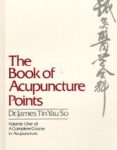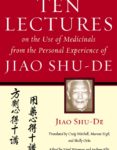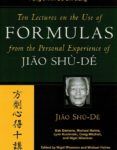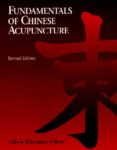Overview
Meridian Therapy, the system of traditional acupuncture utilized in Japan and based on the acupuncture classics (e.g., the Su Wen, Ling Shu, and Nan Jing) is a very sophisticated treatment modality that has much to offer and much to teach to Western students, practitioners, and their patients. The authors, a group of Japan’s foremost teachers and clinicians, offer a work that provides a wide-ranging, accurate, and detailed foundation for students learning acupuncture or for clinicians who want to expand their knowledge base. This is a most welcome work that is an important and pivotal contribution to the U.S. acculturation of classical acupuncture.
Students will learn the principles, philosophy, and history of Meridian Therapy, including an introduction to the basics, an overview of the meridians and points, then a channel-by-channel description of channel flow, connecting vessel, divergent channel, and channel sinews for each of the 12 main channels and an explanation and description of the flow of the 8 extraordinary vessels. The viscera–the hollow and solid organs–are described according to nature, areas of control, functional properties, seasonal relationship, and paired organ relationship. Further topics covered are the etiology of disease factors, constitutional patterns, deficiency/excess patterns, heat/cold patterns, and their combinations, and endogenous factors such as emotions, fatigue, and dietary consumption and also exogenous factors of season, temperature, and weather. Subsequent topics discuss symptoms and pathology according to yin/yang, five phase, and deficiency/excess patterns and paired organ and extraordinary vessel relationships. Diagnosis, beginning with the three methods of looking, listening and smelling, and questioning, then proceeding to abdominal diagnosis and patterns, back examination, and meridian palpation is described next, followed by an entire chapter Chapter 8 on pulse palpation, one of the most important diagnostic tools in Meridian Therapy. There are pulse diagnosis techniques for the beginning student as well as the advanced practitioner, and detailed coverage of 30 different pulse patterns and 13 different deficiency patterns. Treatment strategies and procedures, and point selection for Nan Jing based root treatment as well as for local treatment, round off the material presented.
Author Information
The Society of Japanese Medicine is a center for researching, developing and teaching Meridian Therapy. Koei Kuahara trained with the society and is a highly respected and sought-after clinician working in Boston Massachusetts.
Visited 9603 times , 3 Visits today






Whether you are completely new to the idea of Meridian Therapy, or have been practicing for years, you will find ideas and information to inspire and advance your practice.